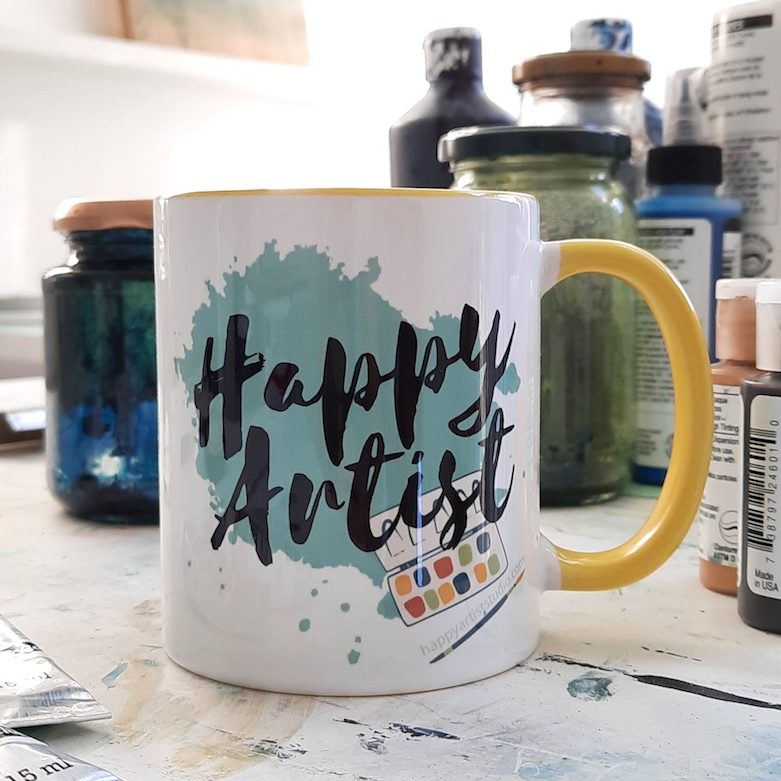This post is the fourth in a series of five, focused on helping you become ever clearer about what’s unique to you, even while being inspired by other artists.
Continuing our series, today we’re looking at viewpoints, or perspective.
Each week we’re looking at a single aspect of painting and how to tease out the nugget of what’s inspiring you so you can be sure you’re making your own work and not a heavily influenced hybrid or attempted copy of someone else’s.
I have no doubt there are infinite ways to do this, and in part it will just happen the more you paint, but the ways I find most helpful include a bit of left brain analysis and a breaking down into parts. The right brain can then rebuild into new things with the new ideas.
4. Learn from their use of perspective
Some artists paint things straight on; some go for quirky angles. Some paint landscapes from above; some zoom right in. The ‘trick’ is to find a perspective that intrigues you and makes you want to poke around in it and see how it feels.
What can help with that is to have a deeper message or thought process behind it, so for example, painting close ups might also be a way to explore ideas about intimacy or focus; painting in layers from multiple angles could be a means of exploring the layers of life, or how one thing affects another, or what it means to say we are all connected.
Here are some examples of work by artists who use a distinctive perspective:
Giorgio Morandi

Morandi’s paintings are usually straight on, or from slightly above his subject. To me, keeping that kind of straightforward simplicity supports the ‘quiet’ feeling of his paintings.
Peter Lanyon
Much of Peter Lanyon’s work was inspired by his love of gliding; it gave him a completely new perspective on the landscape of Cornwall where he lived and worked. You can see from this example that he didn’t paint exactly what he was seeing, but he still captured that feeling of looking down from above.
Georgia O’Keeffe

Georgia O’Keeffe painted many close ups of flowers, taking them ‘beyond’ what they were and into something new. Their suggestions of the feminine bring another layer of meaning and focus to them, even though O’Keeffe herself was adamant they were not about that in any way.
A suggestion to make it yours:
If you already have a subject you know you love, or even one you’re curious about but aren’t very well acquainted with, try using that to explore perspectives. Draw or paint it from close up, from across the room, upside down, overlaying it with itself repeatedly, or add in an unexpected element.
In the next and final post in this series, Part Five, we’ll be looking at composition. See you there!
 I hope this little series has given you some ideas and things to try as you explore what paint can do. If you’d like to play further with other artists’ work in a way that can teach you about your own, then you might like Artist Inspired II.
I hope this little series has given you some ideas and things to try as you explore what paint can do. If you’d like to play further with other artists’ work in a way that can teach you about your own, then you might like Artist Inspired II.
Packed with visuals, videos, ideas to explore, and a look at the life and work of each artist, the course invites you to enjoy being inspired by various female artists as a means to finding your own unique voice as an artist.
Click here to find out more!







